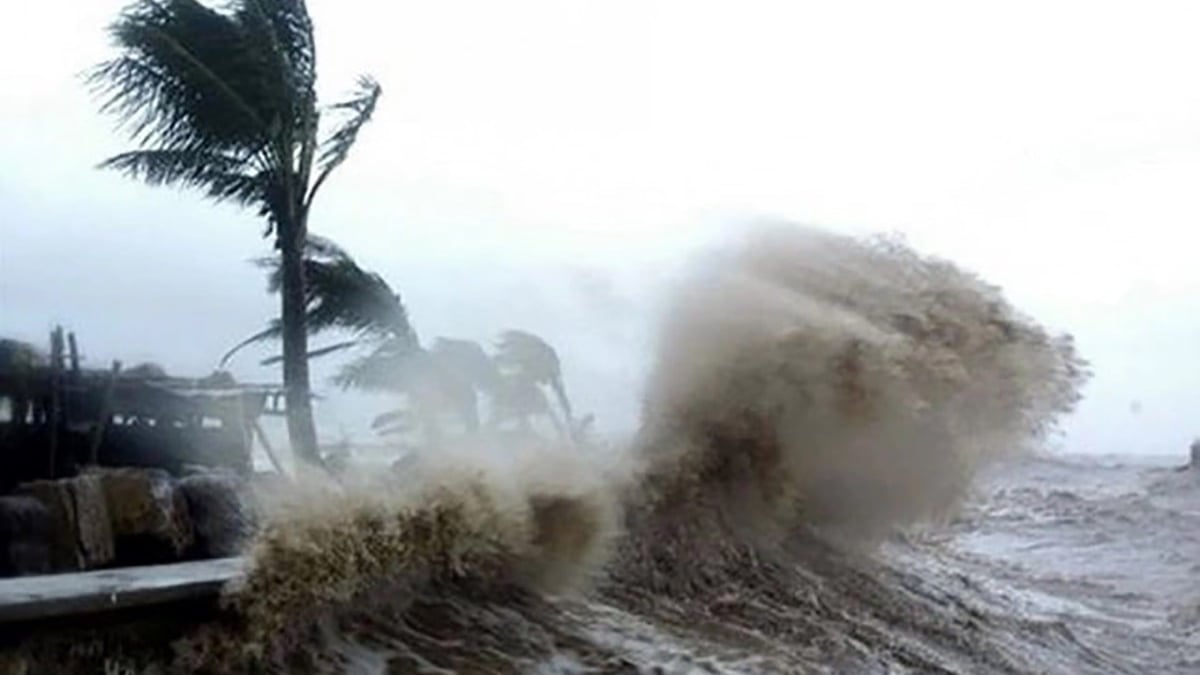"Failure to meet the government's obligations would cause irreparable harm to the U.S. economy, the livelihoods of all Americans, and global financial stability," U.S. Treasury Secretary Janet Yellen said in a letter to Congress earlier this year.
Investors will lose confidence in the US dollar, causing the economy to rapidly weaken. Job cuts will occur and the US federal government will not have the means to continue to maintain all its operations.

People shop at a supermarket in Washington, USA. Photo: Reuters
The United States has had some debt throughout its history. But the debt really started to grow in the 1980s, after President Ronald Reagan's massive tax cuts. Without much tax revenue, the government needed to borrow more money to spend.
In the 1990s, the end of the Cold War allowed the government to cut defence spending and the booming economy led to higher tax revenues. But then, in the early 2000s, the dotcom bubble burst, leading to a recession. Former President George W Bush cut taxes twice in 2001 and 2003, then US military campaigns in Iraq and Afghanistan increased spending to nearly $6 trillion over the course of the war.
According to the Guardian, when the Great Recession began in 2008, the government had to increase spending to rescue banks and boost social services as unemployment reached 10%.
As unemployment returned to pre-recession levels in 2017, a major tax cut was passed under former President Donald Trump. The debt increased by $7.8 trillion during his time in office.
When the COVID-19 pandemic hit, the US government passed a series of economic stimulus bills to offset the worst impacts of the pandemic, spending up to $5 trillion.
Treasury Secretary Janet Yellen said the United States may not have enough money to meet all its financial obligations by June 1 or for several weeks after that. The political deadlock has raised concerns about a possible default that could impact global financial markets.
If that happens, the Treasury would likely implement a contingency plan it developed in 2011, when the United States faced a similar situation. Under that plan, the Treasury would not let its Treasury bonds default and would continue to pay interest on maturing government bonds. Even if a default does not occur, a near-default scenario would still cause disruption to markets and the economy.
If the government cannot borrow money to continue paying its bills for a long time, millions of people could lose their jobs, businesses could fail, financial markets could collapse, and there could be prolonged economic pain, according to the AP. The financial damage would happen, but it could be caused more by politics, the rift between Republicans and Democrats, than by the health of the U.S. economy.
Source





























































































![[Infographic] In 2025, 47 products will achieve national OCOP](https://vphoto.vietnam.vn/thumb/402x226/vietnam/resource/IMAGE/2025/7/16/5d672398b0744db3ab920e05db8e5b7d)





Comment (0)